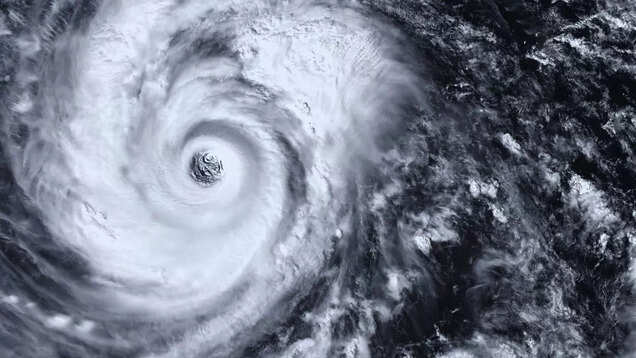
Typhoon Shanshan, a powerful storm packing gusts up to 216 km per hour, is causing severe disruptions in southern Japan as it approaches the Amami archipelago. The typhoon has led to heavy rainfall and severe weather conditions, resulting in major travel disruptions.
On Tuesday morning, the bullet train service between Hamamatsu and Toyohashi was temporarily suspended due to heavy rain but resumed shortly thereafter. However, other parts of the high-speed rail network and local train services faced delays, as reported by Central Japan Railway and West Japan Railway.
The operators have warned that further cancellations or suspensions of bullet train services may occur later in the week depending on the typhoon’s path. Air travel has also been heavily affected. Japan Airlines announced the cancellation of 116 domestic flights on Tuesday and Wednesday, along with six international flights.
All Nippon Airways (ANA) reported the cancellation of 68 domestic flights from Wednesday to Friday due to the storm’s impact. The typhoon has prompted airlines to adjust their schedules, particularly affecting flights to and from Kagoshima and the Amami Islands, as well as Osaka airport.
Read more: What’s inside Yellowstone National Park, the world’s oldest national park?
The Japan Meteorological Agency (JMA) has issued severe weather warnings, forecasting up to 400 millimeters (15.7 inches) of rainfall on Amami Island within the next 24 hours and up to 500 millimeters (19.7 inches) in the Kyushu region from Wednesday to Thursday. The agency has urged residents to stay vigilant for strong winds, high waves, landslides, flooding in low-lying areas, and potential river inundation.
Winds are expected to reach up to 90 mph in southern Kyushu and the Amami region starting Tuesday, with a potential increase to 110 mph by Wednesday. Despite the severity of the weather, no significant damage has been reported so far.
Read more: A quick guide to Zanzibar: One of Africa’s most beautiful destinations
The impact of Typhoon Shanshan has led to widespread disruptions in transportation, affecting both flights and high-speed trains. Travelers are advised to check the status of their services and remain informed about potential delays and cancellations as the storm progresses.

Between May and July, the region encountered three tropical storms, two typhoons, and one major typhoon, as reported by the National Oceanic and Atmospheric Administration. In comparison, the average number of these weather events for the same period between 1991 and 2020 typically included around eight tropical storms, four typhoons, and two major typhoons.


